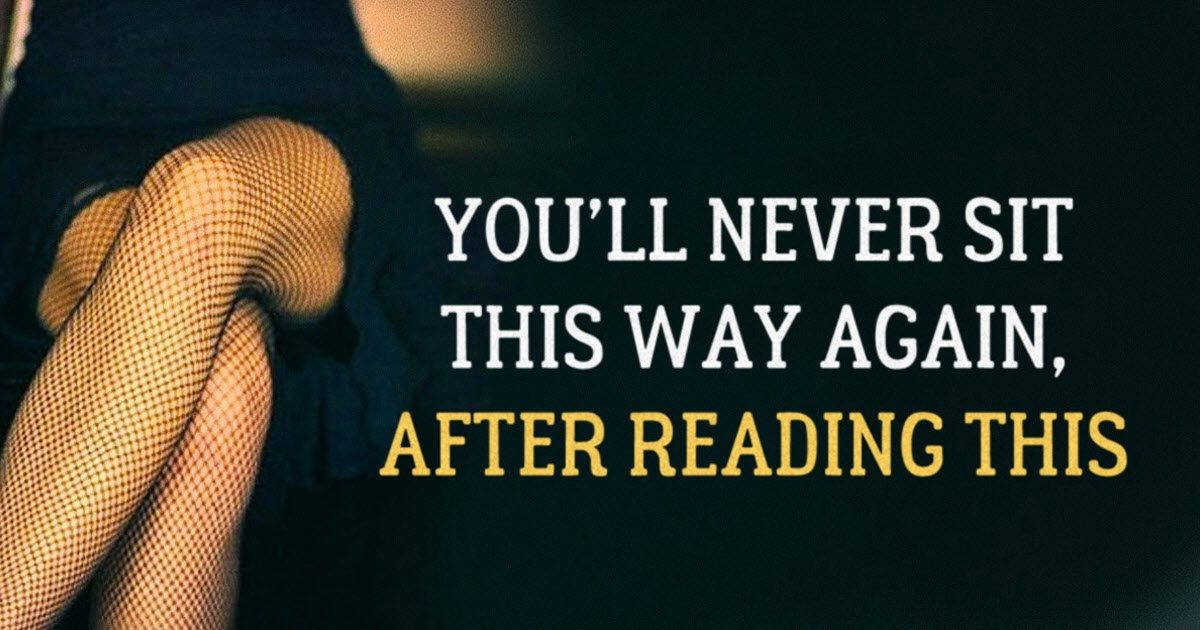Reading Body Language Poker
Live poker tells such as reading people’s reactions, body language, and subconscious signals can give you the edge against many opponents. And equally, knowing how to manipulate these psychological tendencies can help you throw your opponents off if you feel yourself playing in a predictable manner. No matter how polished your poker face, your microexpressions will still betray how you feel. A microexpression is a subconscious flash of emotion across the face, lasting no longer than a quarter. Knowing Poker Tells and reading body language is an important part of both the game of poker and daily life. This way everyone will be able to learn how to read and identify body language. As a rule, online poker tells are limited to betting schemes and timings. However, there are many opportunities for success in live games and tournaments for.
Tonya ReimanReading Body Language Poker

BODY LANGUAGE FOR POKER PLAYERS: SPOTTING TELLS It's one of the most talked about parts of poker: the tells. Whether or not you are at a multi-table tournament or a cash game, poker tells are always there. The pro's learn to hide them, the amateurs die by them. No matter your skill level, you too can learn to profit from spotting, and using, tells.
Reading Body Language In Poker
Spotting a tell is often difficult for new players or players who are not used to looking for them. Each player is different, and what may mean one thing for one player may mean something else for another. The easiest way to get into the habit of spotting tells is to start small: watch one person at a time. Watch how they act when they fold without betting, how they act when they have a good hand, how they act when they are bluffing, etc. Once you are confident in your ability to read one player, start studying others and see if the tells appear with them as well. More often then not, you will start learning what tells happen most often, and how to spot them.
Tells are often very subtle, but one you learn to spot them it will be much easier to pick up the clues. Remember the basic truism: in poker, showing strength means you are weak, while showing weakness means you are strong. It's a game of perception, and you need to be perceptive to spot the tells Here is a list of some of the most commonly encountered tells in poker:
Reading Body Language Powerpoint
? The Lean Back: A player is often conscious of the other people at the table, and if they know you are looking at them, they may sometimes do one of the classic tells: the lean-back. A player who has a strong hand will often lean back from the table, crossing their arms in front of them. This is an unconscious showing of their desire to seem nonthreatening. If you see this, the player is probably sitting on a good hand.
? The Easy Smile: The stare-down is a commonly used tactic at the poker table. If the hand is down to you and one other player, and you want to know what that player has, try staring them down. If they look back at you and they are sitting on a good hand, they will often offer a smile slightly after making eye-contact. But be careful. A true smile will bring the corners of the eyes back as well as the corners of the mouth. A fake smile where only the mouth smiles is usually an indicator of weakness. You'll need to be sure you are able to tell the difference between a genuine and fake smile.
Reading Body Language Practice
? It's in the Eyes: When a player is dealt a great starting hand, such as a pair of kings in hold 'em or A-2-A-4 in Omaha, their eyes tend to get bigger. What you need to look for is someone who looks like they just saw something they like very much. The muscles around their eyes will unconsciously retract the eyelids and their pupils may even dilate. If you see this happen, you can be sure that players has a strong hand.
? The Repeat: There are verbal tells just that are just as valuable as physical tells. For instance, if you ask a player 'Did you hit your three of a kind?' and they repeat the question back to you, as in 'You think I hit three of a kind?' the answer is almost always yes. This fishing for information can be very useful if you do it correctly and know what to look for. If someone repeats your question back to you, this is usually a sign they are trying to avoid lying, and thus have a good hand.
? The Dejected Sigh: You've probably seen this a hundred times, and may have even done it yourself. As soon as a player looks at their cards or sees the flop, they almost immediately say something like 'Dammit,' or sigh in frustration. This is their attempt to try to convince you they are weak. But remember what we said earlier? Someone who is projecting weakness is usually strong, and when you see someone try so blatantly to project weakness, they are strong.




? The Look Away: When the flop comes and a player quickly looks away, this is a clear sign the cards have hit them with something good. For example, if a pair of 7's comes off on the flop and you see a player look down at their chips or quickly turn their attention to another player, that person probably has hit their set of 7's. In this situation, you'll often see these players check the bet and wait for someone else to put some money in the pot. At that time, don't be surprised if you see a big check-raise from the person who was so quick to look away from the flop.